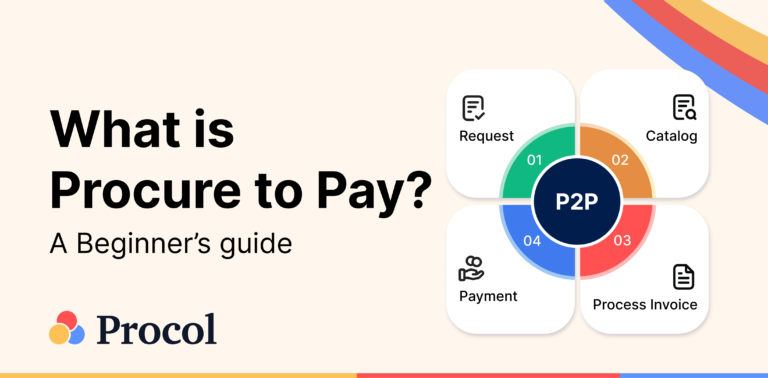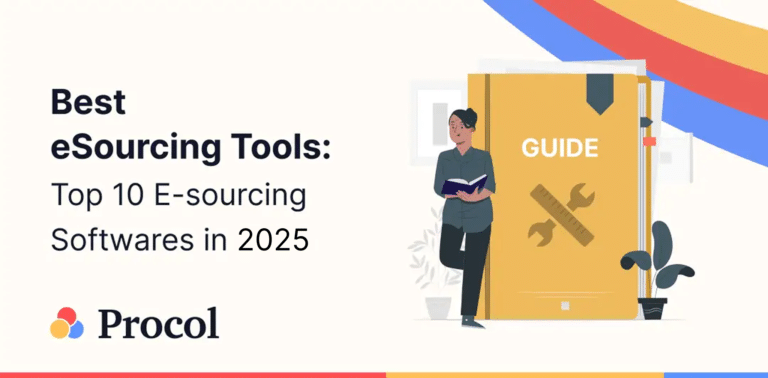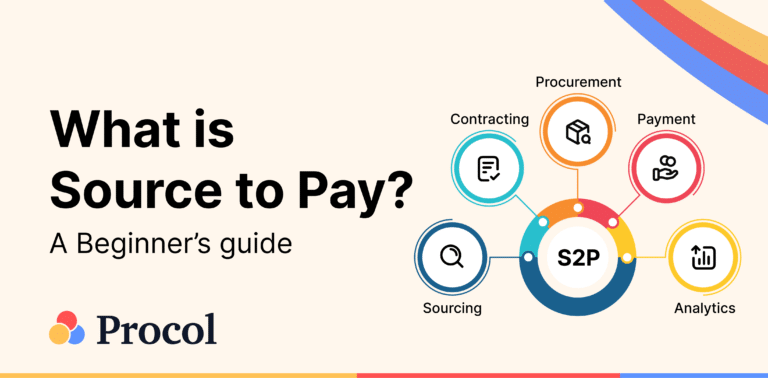Procol • April 15, 2025
The ABCs of procurement software

Introduction
A simple definition of enterprise procurement is the process of buying or acquiring goods and services for a business. Enterprise procurement software helps facilitate this process by handling the administrative work involved in purchasing goods and services on behalf of an organisation. This can range from making sure the right people are notified when a new purchase order needs to be approved to tracking invoices and payments, from helping you determine how much inventory you have left to streamlining your vendor relationships.
- Procurement software automates things like contract management and vendor relationships.
- Procurement software speeds up the process of purchasing materials or services.
- Procurement software usually includes reporting, analytics, and workflows to help you make more informed purchasing decisions.
Why do we use procurement software?
Procurement software improves the efficiency of your purchasing processes. With an automated system, you can be sure that nothing falls through the cracks and that your company’s money is being spent optimally. Procurement software provides a better insight into your spending habits through robust reporting so you can make better purchasing decisions in the future.
How does procurement software work?
Most procurement software will include features for contract management, vendor relationships, purchase orders, and inventory management. Some systems go even further by including spend analysis tools, budgeting tools, and forecasting tools. With what’s on the market today, there’s no one-size-fits-all solution—you’ll need to do some research to determine which system is the best fit for your company.
Why does your business need procurement software?
Since small businesses don’t typically have dedicated employees in charge of procurement, processes can fall through the cracks. Enterprise cloud procurement software helps automate these processes and make sure they happen smoothly and on time. Without such solutions in place, not only do you risk missing key opportunities, but you also risk overpaying for products and services that could have been acquired at lower prices with better quality—or even just wasting money on unneeded purchases in the first place.
When you’re trying to decide which vendor to go with, make sure you consider:
- How the software can help you streamline your processes
- The size and scope of your company’s needs
- Whether the software allows for flexibility as your company grows
- Whether the product offers features that will help you maximise your resources (both human and financial)
- Visibility into supplier and product performance
Why do you need a procurement software solution?
The key to any successful business is efficiency. The more efficient your company is, the more productive your employees will be. That’s why investing in a procurement software solution is not only wise, it’s inevitable if you want to succeed in this competitive environment.
Procurement software also allows you to reduce overhead costs by getting rid of human error in purchasing decisions. When humans are making purchasing decisions based on limited data points (such as pricing), they often make suboptimal choices due to a lack of information about the product’s quality or other factors that could impact performance over time. Meanwhile, procurement software can quickly compare thousands of different products at once.
A good procurement software system can help you:
- Alert your supply chain management team to potential problems before they arise
- Make more data-driven decisions to ensure that the most cost effective solutions are implemented
- Improve collaboration between departments, particularly finance and purchasing
- Track inventory levels and costs
- Streamline purchase orders
- Improve relationships with vendors
- Optimise product distribution and delivery
- Reduce human error associated with paperwork
Here are some benefits of implementing a procurement software solution:
Efficient Processes: An automated procurement process eliminates the need for paper documentation and manual tracking, which saves time and reduces the risk of errors. This means that you won’t have to worry about wasting time on tedious paperwork or trying to track everything down later on when something goes wrong.
Better Pricing: With an automated system in place, procurement professionals can easily compare prices from different suppliers and find the best deals available. This means that you’ll always get what you want at a good price point without having to compromise quality or service levels just because there was something cheaper somewhere else!
Improved Quality Control: When there are no manual processes involved, it is easier to ensure that goods arrive in perfect condition and on time every time you order them from another company. If there were errors during shipment due to human error, such as missing parts or damaged packaging material.
How Technology Can Help Manage Procurement
- Automation: The more you automate your procurement process, the less time you have to spend manually processing orders and making sure they are delivered on time.
- Tracking: When your company uses an automated procurement system, you can track where your goods are in their delivery cycle at any given moment. You can ensure they’re being shipped when they’re supposed to be or that they’ll still arrive on time if something goes wrong with the order.
The procurement process can be challenging for any company, especially for companies operating across multiple locations and in different regions. The amount of data involved can make it tough to get an accurate picture of what’s happening within your supply chain. Thus procurement software solutions are a great way to help manage everything.
Explore more from Procol
Discover expert tips, how-to guides, industry insights, and the latest procurement trends.

What is Procure-to-pay (P2P)? An Ultimate Guide
Procure to pay is the process from procurement of materials needed...

Best eSourcing Tools: Top 10 eSourcing Software in 2025
Discover top 10 e-sourcing tools and esourcing platforms necessary for efficient...

What is Source-to-pay in 2025? An Ultimate Guide
Source to pay is the process of sourcing vendors to procure...



















